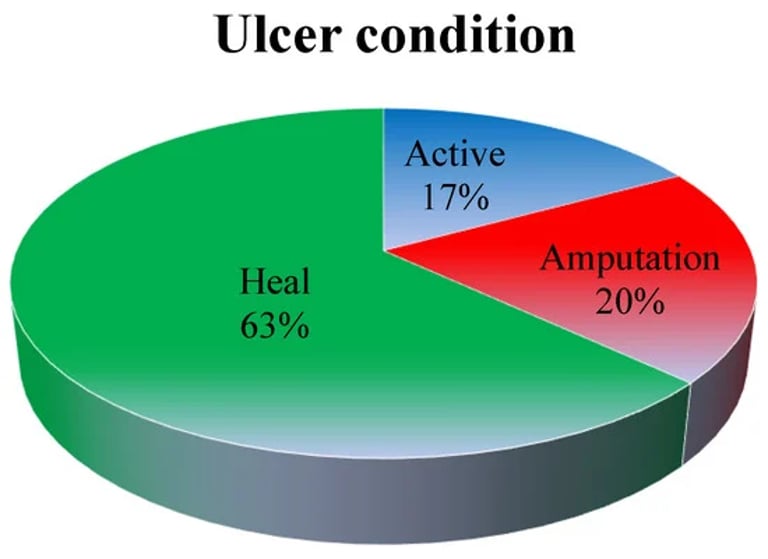Revolutionary Treatments: Phytochemicals and Nanotechnology Offer Hope for Diabetic Wound Healing
September 30, 2024
Diabetes mellitus affects over 340 million people globally, with projections suggesting this number could rise to 700 million by 2040, leading to an increase in diabetic wounds.
Diabetes-related ulcers, particularly diabetic foot ulcers (DFUs), pose significant health risks, with mortality rates ranging from 10% after 16 months to 24% after five years.
Macrophages play a critical role in wound resolution and repair, and their dysfunction is linked to chronic wounds commonly seen in diabetes.
Diabetic wounds encounter numerous challenges to healing, including vasculopathy, neuropathy, chronic inflammation, and reduced growth factor activity.
The study emphasizes the need for alternative treatments for diabetic wounds due to issues like antibiotic resistance and the side effects of conventional medications.
Advanced therapies, including the use of nanoparticles like nano-silver and stem cells, are being investigated to promote healing in diabetic ulcers.
Bioactive dressings, polymeric nanofibers, and particularly electrospun silk fibroin nanofibers, offer significant potential for enhancing drug delivery and supporting wound healing processes.
Chronic wounds in diabetic patients can take over 10 to 12 weeks to heal and may lead to severe complications, including limb amputation.
A systematic review of literature from 1999 to 2024 identified 212 relevant studies on phytochemicals and their effects on diabetic wound healing.
Phytochemicals like curcumin have demonstrated antioxidant and anti-inflammatory properties, making them promising for treating diabetic foot ulcers.
Bioactive phytochemicals such as flavonoids, saponins, phenolic compounds, and polysaccharides are shown to aid in wound healing through various mechanisms.
Phytochemicals can influence immune regulation, enhancing processes like macrophage migration and cytokine activation.
Summary based on 2 sources